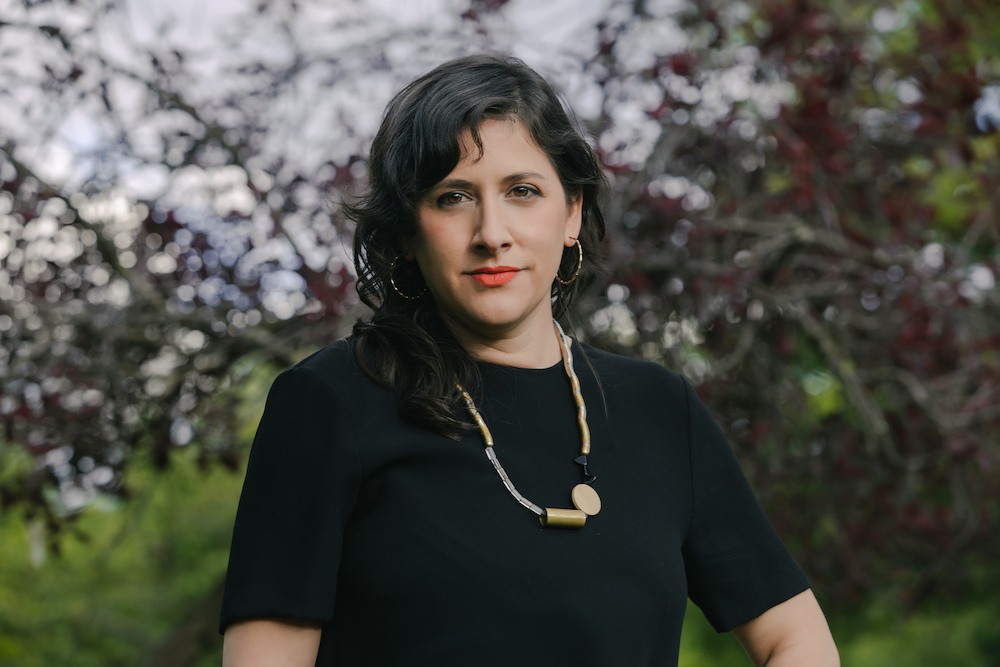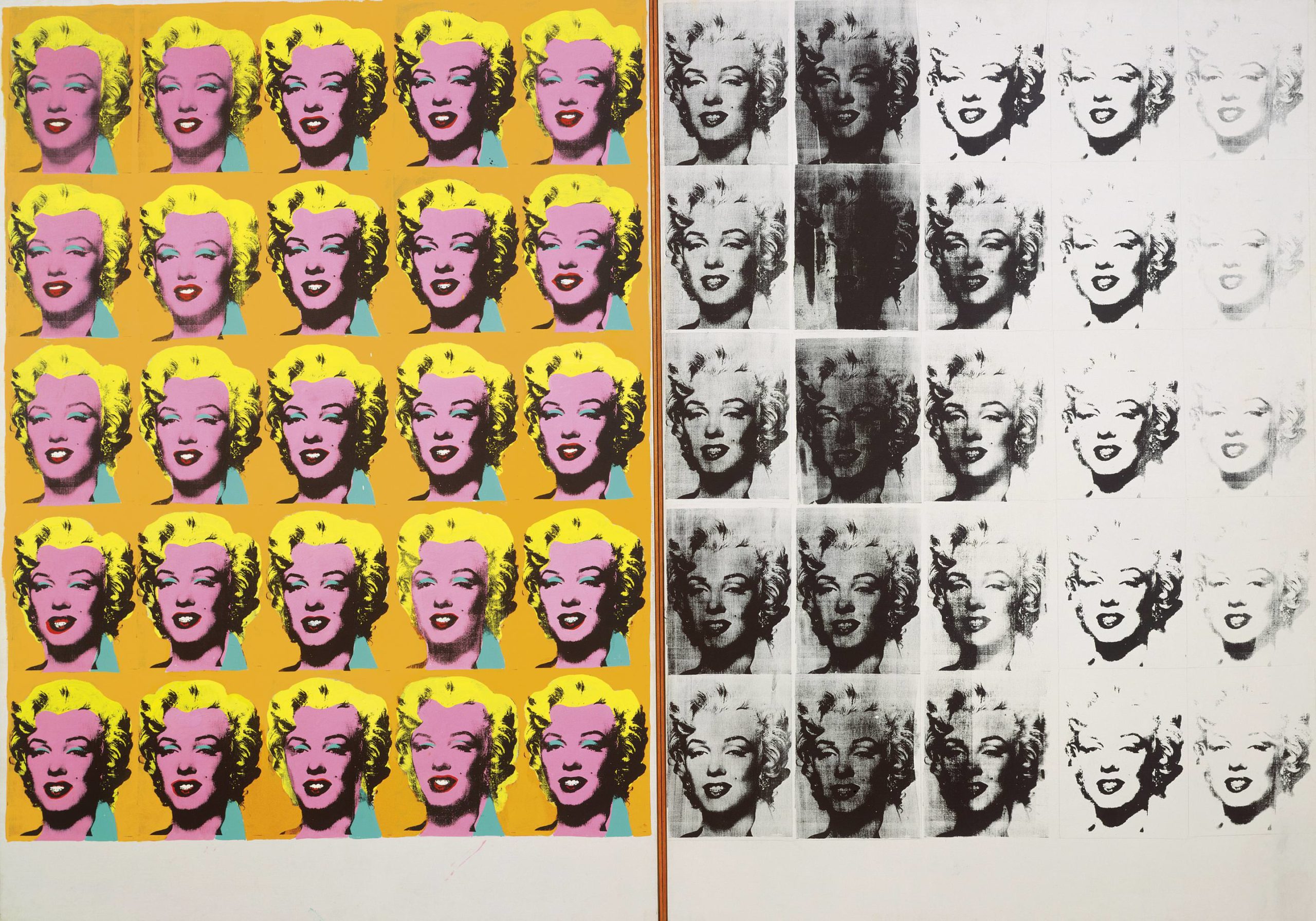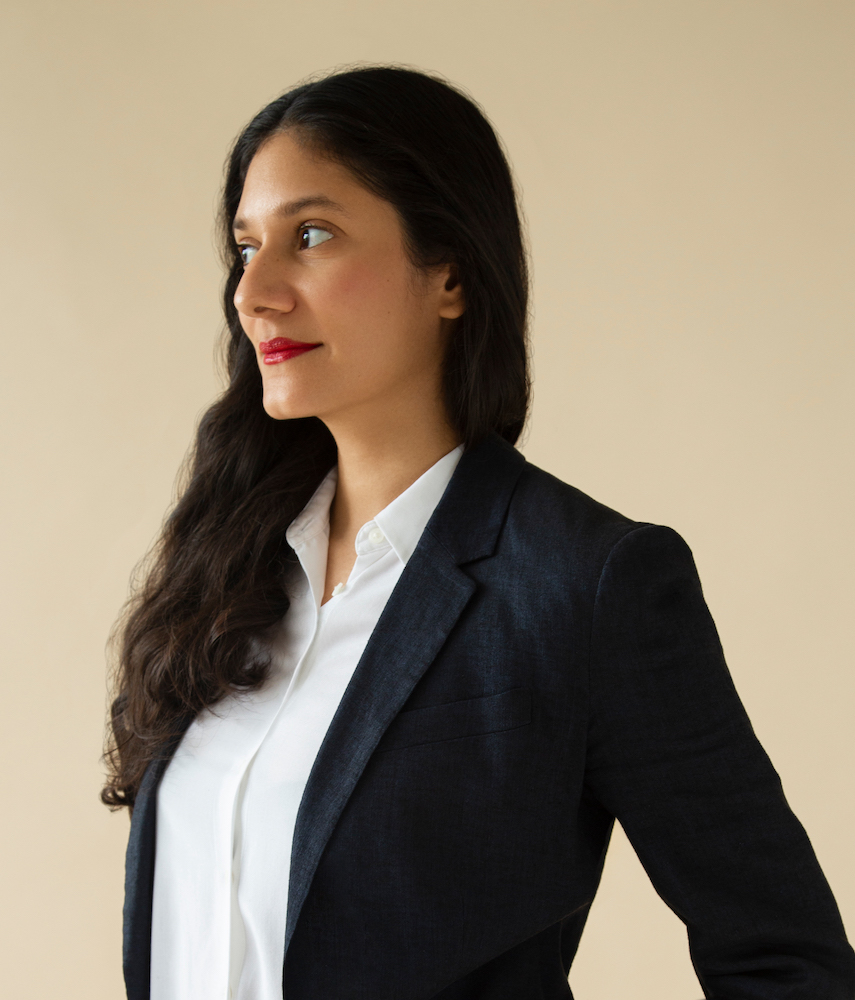On view recently at the Whitney Museum of American Art in New York was, “no existe un mundo poshuracán: Puerto Rican Art in the Wake of Hurricane Maria” (November 23, 2022—April 23, 2023). It brought together over fifty artworks by more than twenty artists from Puerto Rico and the diaspora made in the five years since Hurricane Maria devastated the island. Curated by Marcela Guerrero, it was the first scholarly exhibition focused on Puerto Rican art organized by a U.S. museum in more than fifty years.
The works by Candida Alvarez, Gabriella N. Báez, Awilda Sterling- Duprey, Armig Santos, Lulu Varona, Sofía Gallisá Muriente, and more include painting, photography, video, poetry, textile, installation, and sculpture. While all were made post-Maria, they speak to the larger political, social, and cultural environment and context of Puerto Rico—threats of climate change, the effects of austerity measures, and the impacts of colonialism.
Whitewall spoke with Guerrero, Jennifer Rubio Associate Curator at the Whitney, who was born and raised in Puerto Rico, about putting together an exhibition that is both necessary and personal.
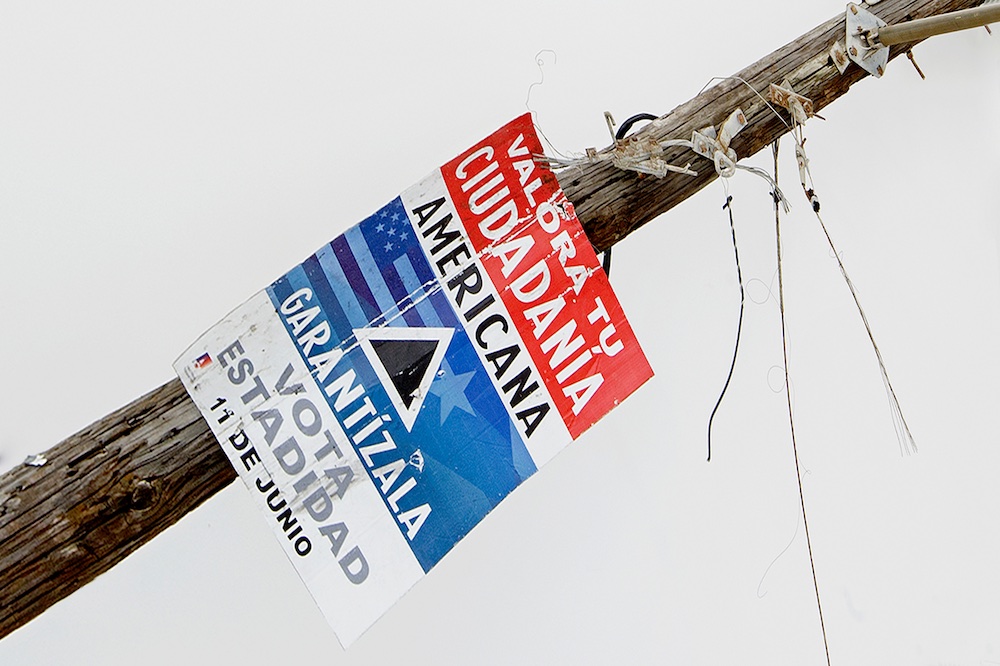
Gabriella Torres-Ferrer, “Untitled (Valora tu mentira americana)” (detail), 2018, hurricane ravaged wooden electric post with statehood propaganda, 116 × 118 × 122 inches, courtesy of the artist and Embajada, San Juan.
WHITEWALL: You have described the devastating experience of witnessing Hurricane Maria in September 2017 from New York. How did that experience inspire the idea for this exhibition?
MARCELA GUERRERO: I’ll add a little more context. I gave birth in August, and my family came from Puerto Rico to be with me. My mom stayed to help me, and then my dad went back. I was at home with an infant—I could not do anything except be with her and feed her. We were watching the news, stuck to our devices. Like many people, we couldn’t get in touch with our families for a couple of days. I remember thinking, “What can I do?”
I thought, “Well, I have this platform, I have this resource, so what are my options here?” I, admittedly very naively, thought I would help artists in some way and make a platform. As dramatic as it sounds, art is always a response. It will always respond and process. I thought, “Okay, with time, artists will create works that have to do with this theme.” It was rough around the edges, but when I came back to the museum after my parental leave, I pitched this show and it was embraced by the entire department wholeheartedly.
WW: It is the first scholarly exhibition of Puerto Rican art in almost fifty years at a major museum in the U.S. At the Whitney, how much had been shown by Puerto Rican artists? How much was in the collection?
MG: Having Puerto Rican artists at the Whitney wasn’t that strange. Every biennial since 2017 has a representation of Puerto Rican artists. There are a number of Latinx artists in the collection, and Puerto Rican artists make up most of that. But there’s always been an involvement. In 1971, the Whitney did the retrospective of Rafael Ferrer.
I wanted all the resources and all the responsibility to fall on the Whitney. I feel quite proud of that. I thought it was an important precedent and important gesture.
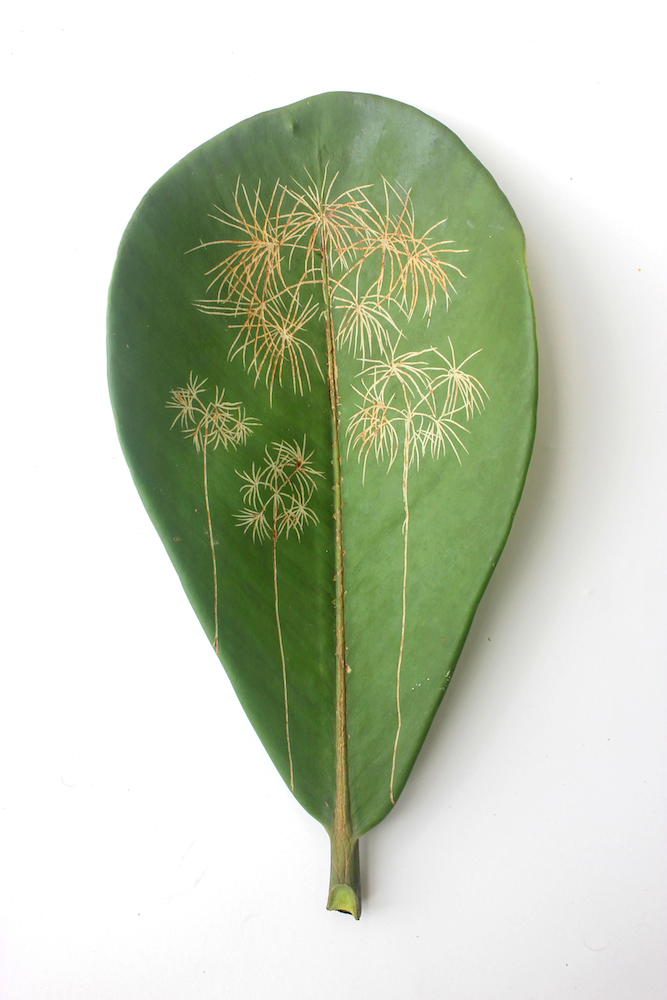
Javier Orfón, “Bientéveo,” 2018–2022. Inkjet print, 97 × 176 inches, courtesy of Hidrante, San Juan.
WW: It feels like such a strong statement in that way. So how did you go about bringing the artists in?
MG: That was the longest process. It probably took about two years. I had some artists in mind. I remember, for instance, Frances Gallardo. I did studio visits with artists I knew were working and had fresh ideas that I hadn’t seen in the States, or that didn’t have gallery representation outside of Puerto Rico. We had a meeting with scholars on Puerto Rican art, and a couple of names came out of that, like Gabriella N. Báez. At Storm King, I saw Gabriela Salazar, an installation that was responding to Maria. We invited her to do a site-specific project here. I was seeing younger artists like Armig Santos on Instagram.
WW: In those studio visits and in those interactions, were you finding that your thesis bore out, that artists would be responding to Maria and its aftermath?
MG: Seeing a work like Javier Orfón, his drawings on the leaves. Photographing them felt to me like this sense of the Anthropocene and alienation with the landscape, feeling that detachment grow as climate change keeps worsening.
I wanted different mediums in conversation with each other. Orfón’s work, for example, is very close to Sofía Gallisá Muriente’s film, in a way. She includes 60-millimeter film and Super 8 film that is expired or has mold. All these environmental forces are impacting the materiality of work in the same way that Javier Orfón’s drawings oxidize and you can see them more clearly. But to freeze that moment, you have to take a photograph.
These coincidences emerged organically. I didn’t have a list that I needed to check all the boxes—it was more feeling that intuition of what registers. Lulu Varona, when I saw her work I thought of the tradition of textile workers in Puerto Rico. I also love her sensibility of the cross-stitching looking like pixels of old video games.
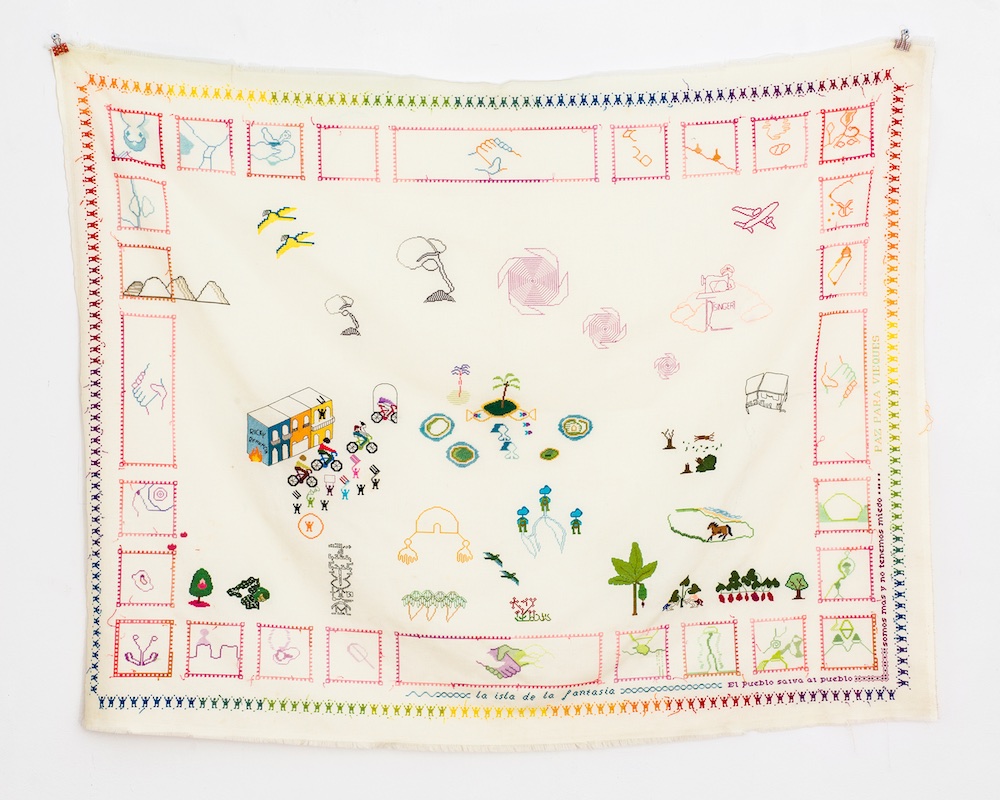
Lulu Varona, “Mapa,” 2020, cotton thread embroidered on Aida cloth, 60 × 50 inches, Collection of Yolanda Colón.
WW: Given that there hasn’t been a show of this kind in over half a century, what kind of context did you want to provide?
MG: That was always the hardest question. Because I always hear about this “average visitor,” and I’m imagining they don’t mean Puerto Rican. So, what context to provide how much could I ask them to meet me in the middle? We have five sections with text to really utilize and spell out some of the laws, some of the historical moments, and that kind of political context that you need to understand the show. Yet, at the same time, not going back to 1493, when Christopher Columbus arrived.
I think it’s a really incredible moment of thinking not so much about a redefinition of American art, but how there are these other expressions that are part of the American narrative that are not usually explored because they might not fit seamlessly. I think this exhibition is not necessarily redefining what America is, but how there are expressions that don’t fit that well and even go against them.
WW: You’ve said this is the most personal project you’ve done. What has this been like for you?
MG: In a meeting that we had internally two or three days before the opening, Adam Weinberg, the director, said that this show was like my memoir. And I thought that was such an insightful way of thinking about it. It’s my memoir but also the memoir of this moment of the last five years. I always wanted to do a show about Puerto Rico—to bring this background and this very complex place that I feel very proud of and that I know lacks visibility in the art world. I wanted to do it in the most authentic way possible. It’s been a lot. I think other shows will be personal but in different ways. This one’s kind of like my everything.
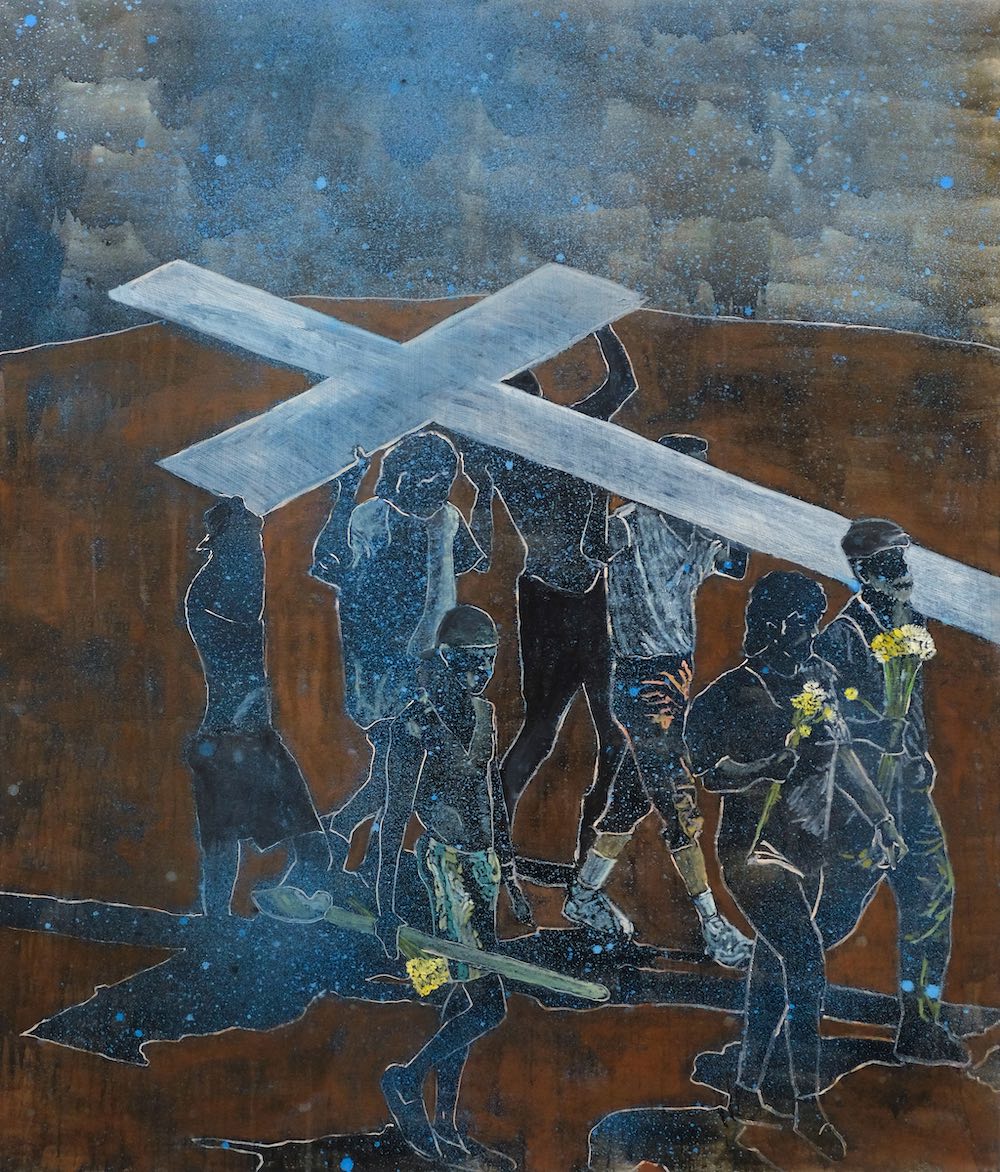
Armig Santos, “Yellow Flowers,” 2022. Oil on linen, 84 × 72 inches, collection of the artist, courtesy the artist.



